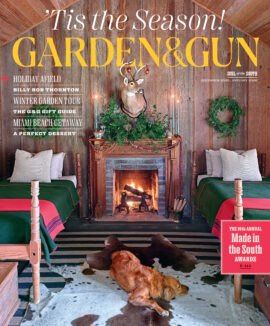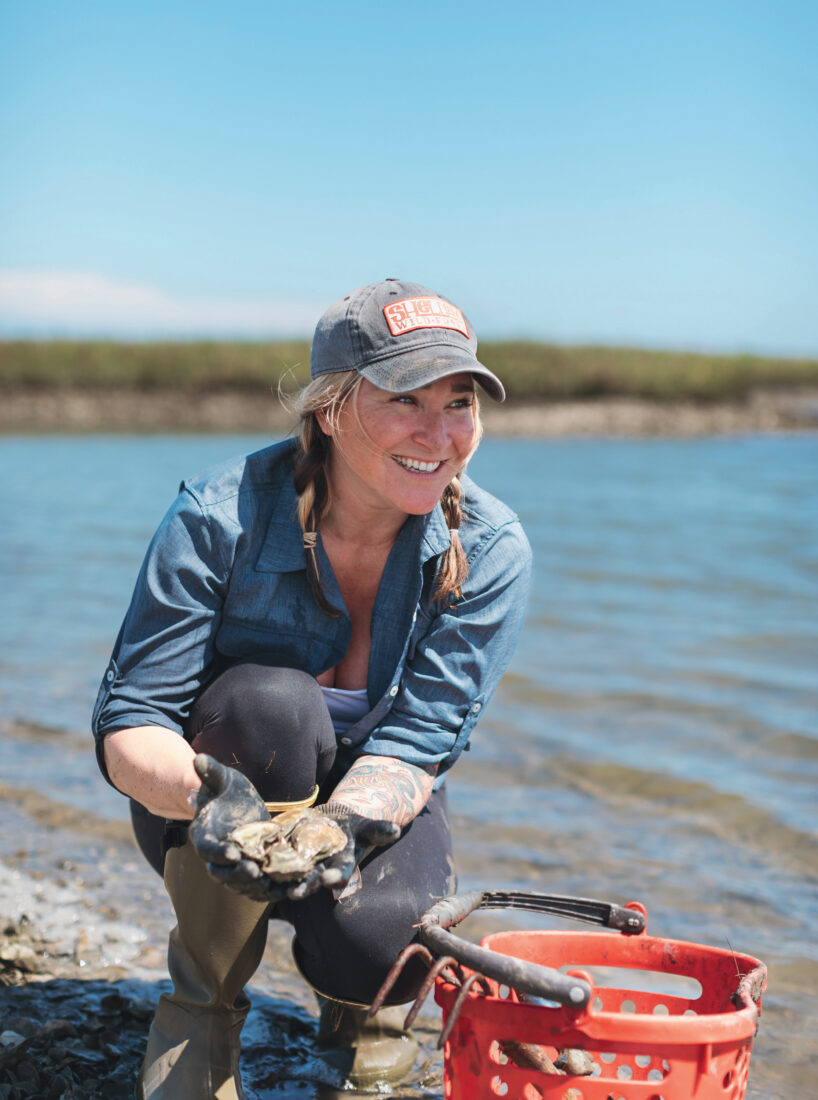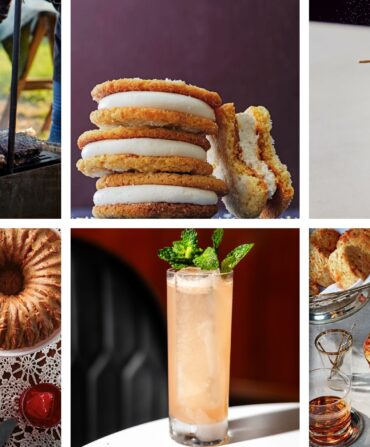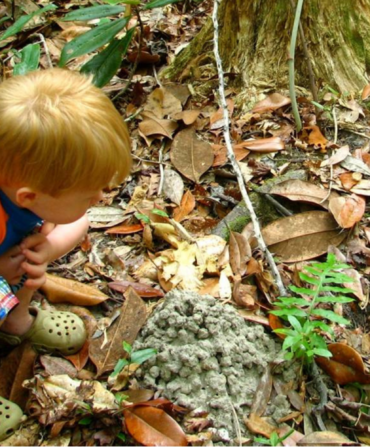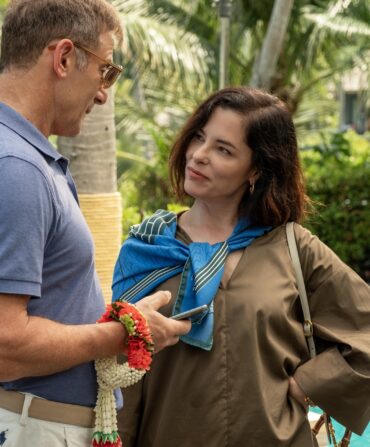Wilmington, North Carolina’s Ana Shellem, the founder of Shell’em Seafood, is a one-woman show, procuring wild-caught shellfish and aquatic plants for some of the state’s finest restaurants, including Seabird, the Hackney, and Olivero. “There’s no middleman,” she says. “It’s just me and the chef.” A restaurant vet who fell in love with the marsh, Shellem follows the seasons to deliver her chefs a bounty that ranges from wild oysters to more unusual offerings, and she’s as discriminating as she is relentlessly positive. Squelching through the mud at low tide, she holds a tulip snail at eye level and tells it, “You look great, dude, but you’re staying here to get bigger!” It’s the kind of decision you can make when you’re the boss, answering only to “the low tide, the moon cycle, and what the wind does.”
Here’s a sample of the bounty she harvests:
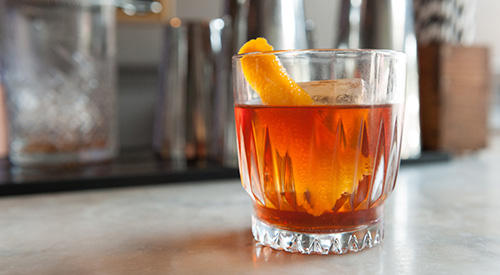
Mussels
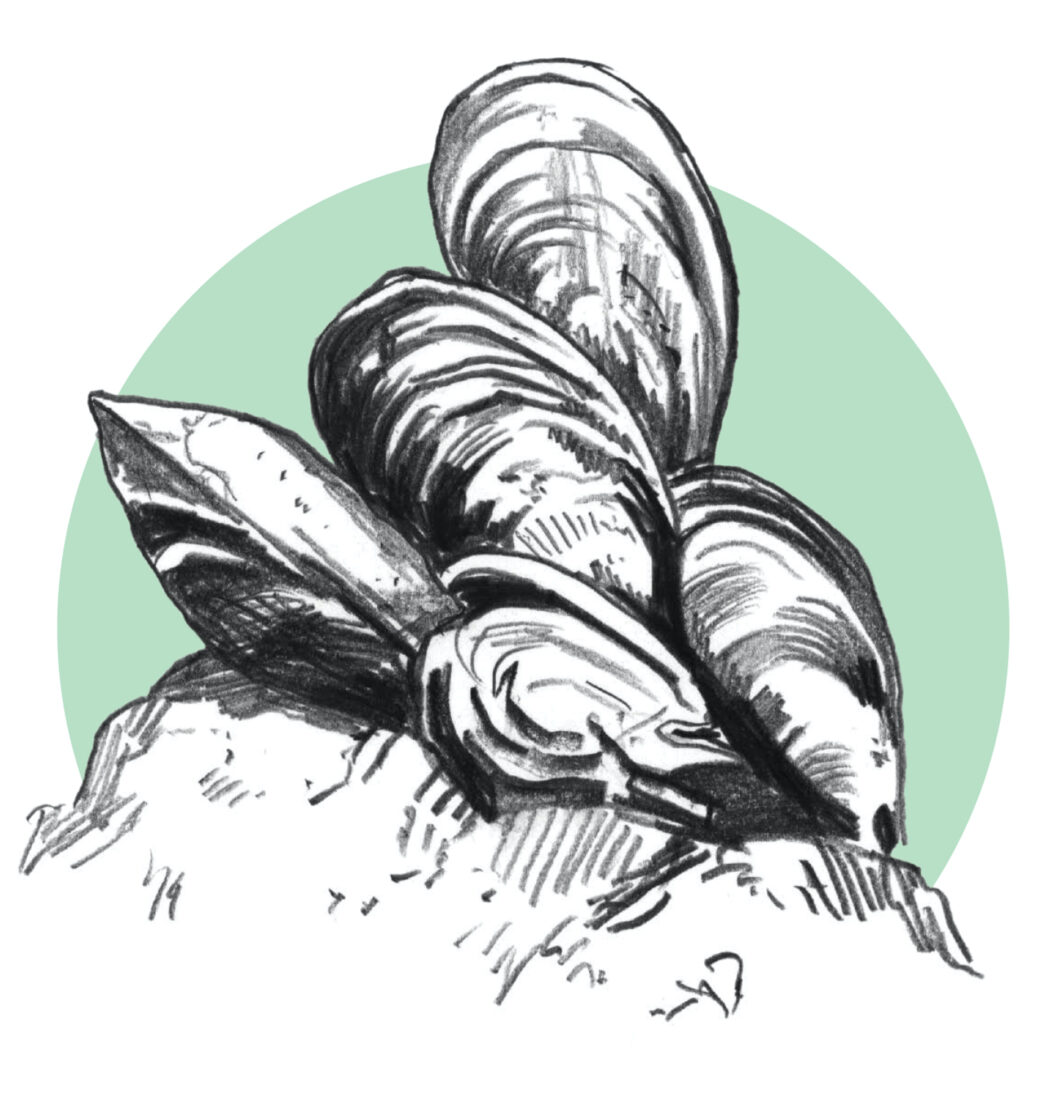
Shellem appreciates mussels, found at the base of marsh grass, for their quick growth and plentifulness. But as with everything she gathers, she’s selective in what she harvests. “Because I stay away from river mouths, they’re super high in salinity, with a taste like oysters but meat more like a clam.”
Whelks
Finding whelks on a sandbar at low tide makes Shellem feel like a mermaid. “Sometimes you just see their crown popping out. They are normally eating something, so I put it in the bucket with them.” A twenty-minute steam bath brings forth their firm, briny meat.
Tulip Snails
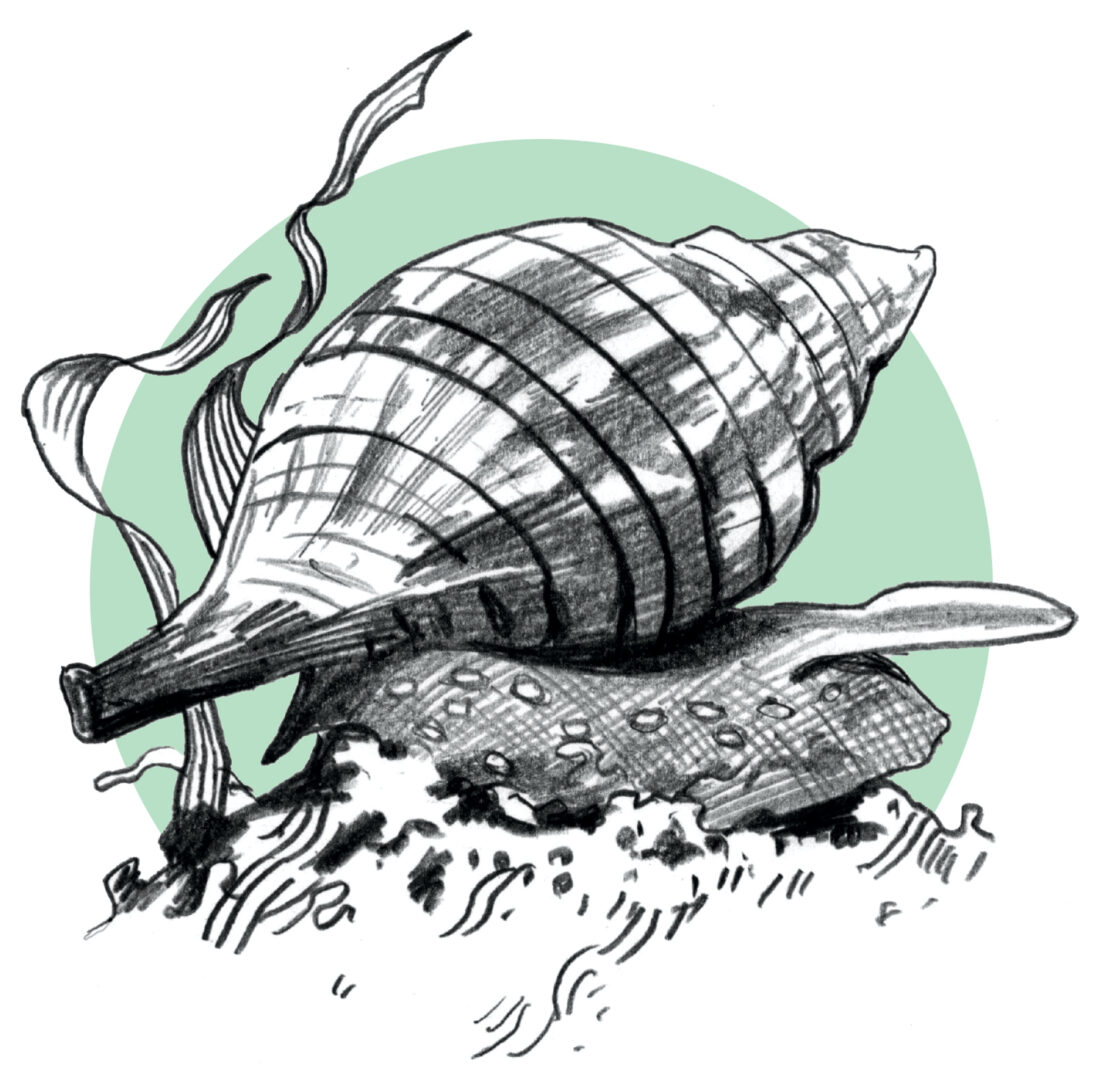
Abundant from March to June, tulip snails are a bit tougher than scallops, Shellem says, but when they’re steamed from their shells, the bright orange meat becomes tender and buttery in texture with a flavor like that of octopus.
Pen Shells
“You just see the top of them, a little ripple,” Shellem says of these delicate mollusks, sometimes called fan clams, which burrow into the mud, leaving only their edge exposed. “They’re so easy to skip over—they’re a true treasure. We can’t harvest scallops in this area, so it makes me happy to provide something similar. I’ll send the chef a picture instantly.”
Sea Beans
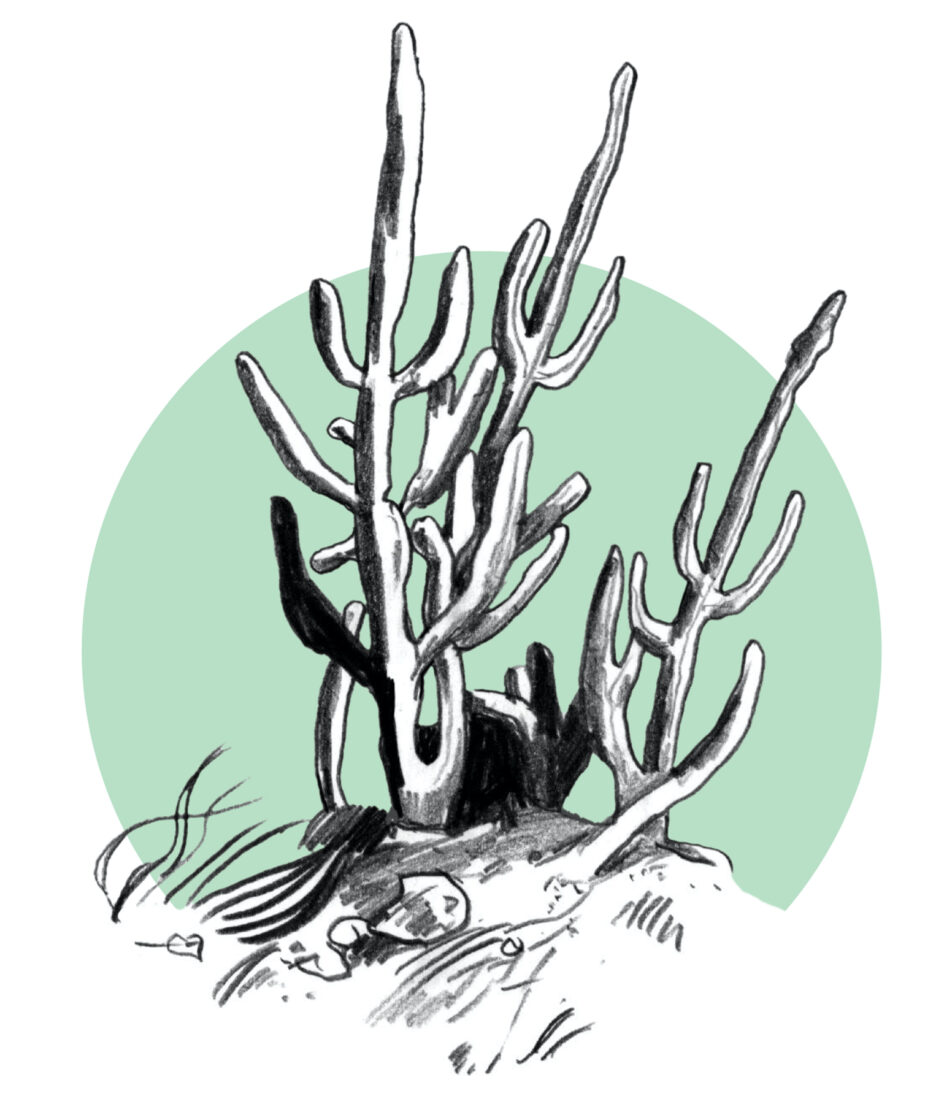
Shellem compares this seaside succulent to celery for its crunchy “pop,” and to cucumber for its softer insides. Chefs generally use the salty stalks to accompany a main dish, but Seabird’s Dean Neff tops olive oil cakes with vanilla ice cream and frozen, sugar-encrusted sea beans for a coastal dessert.
Wild Oysters
From October to March, Shellem’s hand-chosen prime singles are a centerpiece of her business, allowing chefs to show that Mother Nature can compete with the aesthetics of farmed oysters. But beyond that, she says, there’s an indescribable beauty to oyster season. “It’s nice to have an ending to it as well. Just like the tide rising.”

